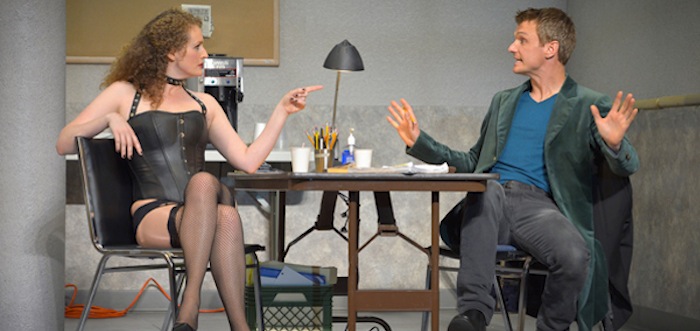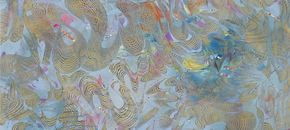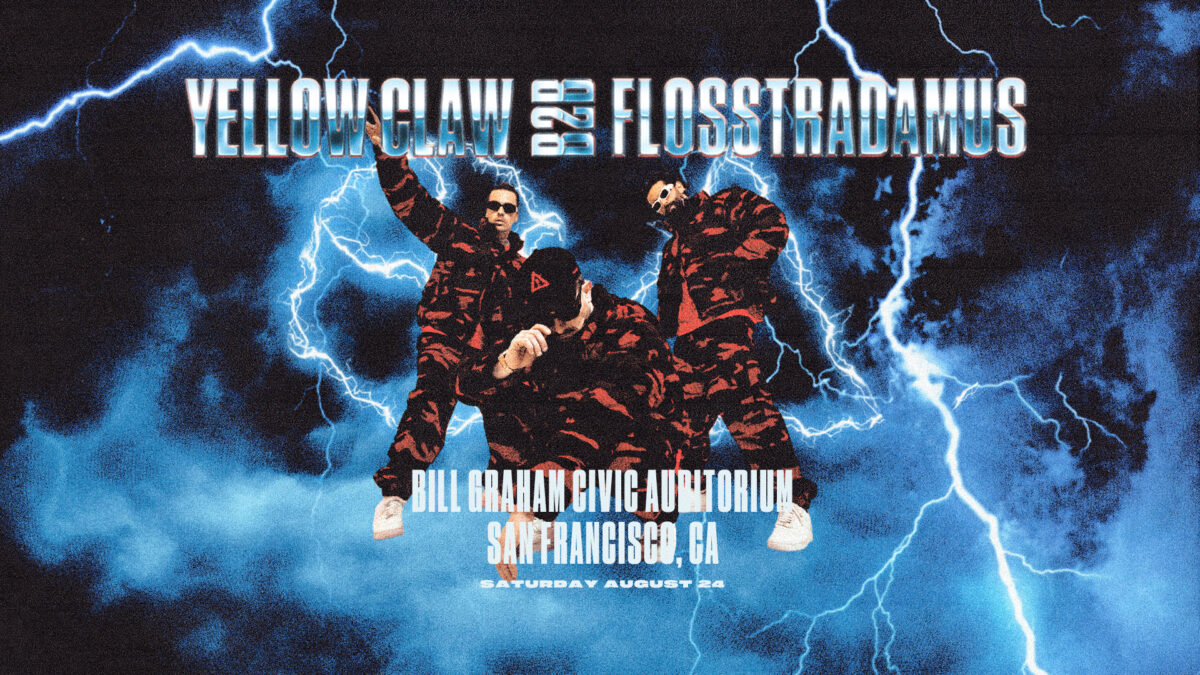Stage Review: American Conservatory Theater Explores Relations of Power with ‘Venus in Fur’

The smash Broadway hit Venus in Fur continues at the American Conservatory Theater through April 13 with an intriguing exploration of seduction and contemporary relations of power.
When David Ives set out to write Venus in Fur, he originally intended to create a stage adaptation of Leopold von Sacher-Masoch’s famous novella Venus in Furs.
In the novel a young man named Severin becomes so infatuated with a woman, Vanda, that he asks to become her servant so that she may dominate him sexually. When Ives showed his adaptation to a friend, he was told that the story wouldn’t work for a modern audience. Thus, Ives took his original creation and spun it in a way that was entirely new, as a play within a play that allows the show as a whole to explore contemporary issues of theater and power using the text as a lens.
As the play opens, we find director and playwright Thomas in the casting room, where he is seeking someone for the part of Vanda in his stage adaptation of Venus in Furs. As he bemoans the inadequacies of every girl that auditioned for the part, one last girl (also named Vanda, like the character in the novel) bursts in late.
She is everything that Thomas despises in young women: ditsy, desperate and modern, but she manages to convince him to let her read for the part, with Thomas reading the part of Severin. As they continue to read together, however, he realizes that she’s perfect for the role, but soon the lines between reality and fantasy begin to blur, leading to an intense and powerful climax.
The main focus of the play is contemporary relations of power. At the outset of the play, it is clearly Thomas that holds all the cards, in both their relationship as a man and a woman and as a director and an actor. He only deigns to allow Vanda to read for the part. As the play continues, we watch these dynamics shift.
This shift is so subtle that it’s hard to pick an exact moment when it really occurs, as it happens piecemeal; bit-by-bit until it is Vanda who is in control. She convinces Thomas to do things he did not want to, and the final insult comes when she even directs him within their readings. By the end he is on his knees before her. This incredible exploration of power alone makes the show well worth seeing.
The play consists only of the two actors on one plain set, with no intermission. This simplicity of setting and presentation serves as a stable basis from which to weave the intricate structure of the play within a play. As Thomas and Vanda become more and more immersed in the characters they are reading, the reality of their lives and the fantasy of the play intermingle. Vanda changes the character’s name within the play from Severin to Thomas, and at one point, as Vanda’s character is supposed to pull out a knife, she actually produces one, holding it to Thomas’s throat.
But what is particularly interesting is that with this unique story telling style, there is none of the breaking of the fourth wall that is so popular in modern theater. The audience is still invisible to the actors as they engage both in what for them is real (the play we watch) and what is fantasy (the play within that they are reading).
Even as we watch their “reality” become more and more intertwined with the unreal world of Sacher-Masoch, the primary abstraction of classical theater is held in tact, we still engage in the willful suspension of disbelief that grants their base line reality; we as an audience are peeking into a scene that is real people engaged in real events.
The effect is hard to describe. The actors’ non-recognition of their primary role as actors makes their loss of control in the realm of the play they are reading all the more stark and effective.
However, more than anything, it is the amazing performance of Brenda Meany as Vanda that makes the show work. Her role involves very sudden shifts of character as she jumps between the more scatterbrained Vanda to the demure and powerful Vanda of the Sacher-Masoch tale. She nails these transitions to a T, turning her performance on a dime without slipping or seeming forced.
The general arc as Vanda gains more and more control is played impeccably, and she is captivating in the role. She delivers a staggering performance that draws all attention to her in a way that seems effortless. It is the most the male lead can do to keep up with her.
It must not be ignored is that this play is very much also a comedy. It is the way that it brims over with wit and energy that truly make it a delight to watch. It very well might be the best of ACT’s season, and a must see for anyone interested in modern theater.








